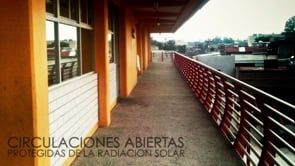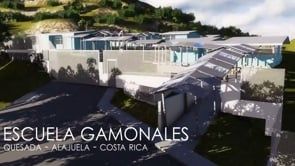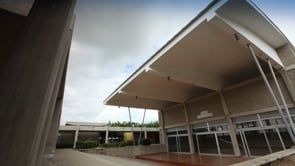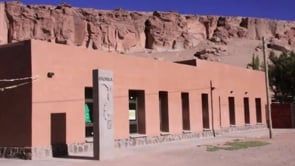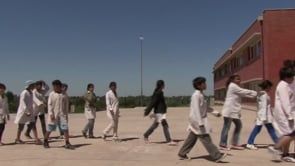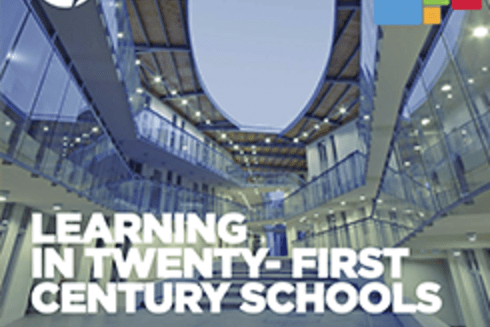
This series of notes summarizes work performed by the countries of Latin America and the Caribbean under the Project “Learning in Twenty-First Century Schools”, a Technical Cooperation on Regional Public Goods funded by the IDB. The project's main aim was to study the states and challenges of schools infrastructure, to suggest solutions, and to encourage the adoption of subregional building standards.
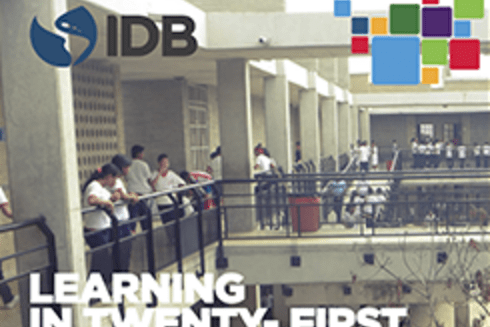
The process of developing a methodology for the management of school infrastructure in Latin America and the Caribbean began with an analysis and discussion of types of variables, common content, and unified criteria across this group of countries
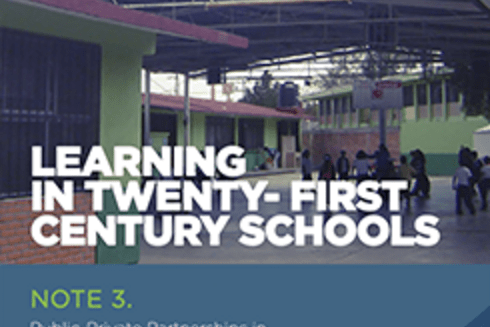
The objective of this chapter is to provide the tools needed to support the governments of Latin American countries in assessing potential operations and opportunities
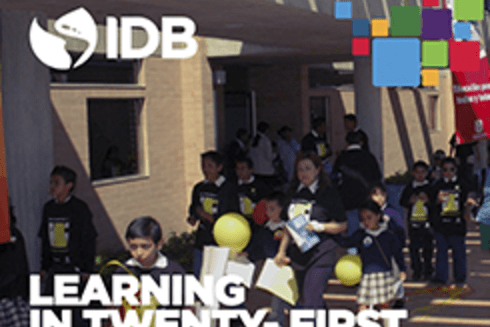
Several Caribbean countries are now considering the use of PPPs to modernize their infrastructure and improve the delivery of public services, with Jamaica and Trinidad and Tobago currently providing the most advanced examples in terms of the institutional arrangements that have been put in place.
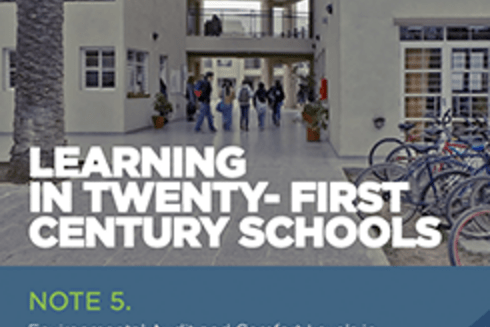
The study of comfort levels considers the factors that affect the balance between the body and its environment in buildings in order to ensure that classrooms fall within what is referred to as "comfort zones", or in some cases, "life zones".
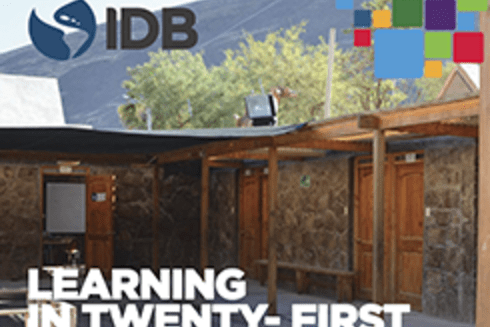
As a general rule, regional educational systems have dissimilar school building patterns, with many dating back to the 19th, or buildings that have responded to various architectural, pedagogical, as well as political currents and that have been adapted more or less successfully to today's requirements.
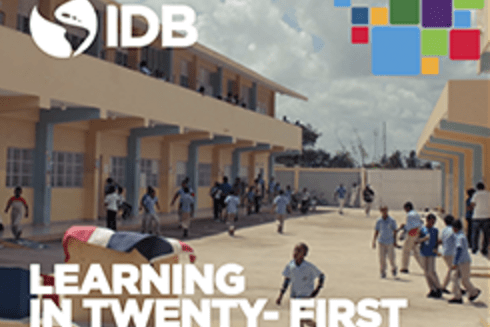
This technical note contains information, criteria, and ideas compiled during direct interactions with public officials working in the fields of education and school building in Argentina, Barbados, the City of Bogotá, Colombia, the Dominican Republic, Guatemala, Honduras, Jamaica, and the Province of Buenos Aires
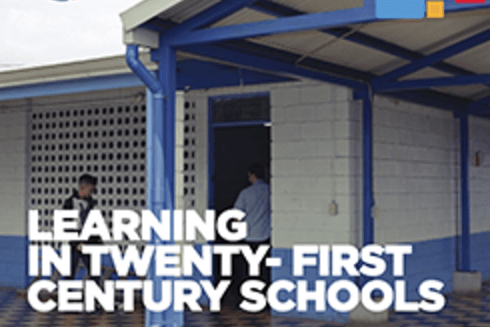
This note provides a brief explanation of the basic concepts related to disaster risk management. The primary threats and conditions of vulnerability to disasters will be detailed, with a focus on six selected countries: Chile, Colombia, the Dominican Republic, Guatemala, Honduras, and Mexico.
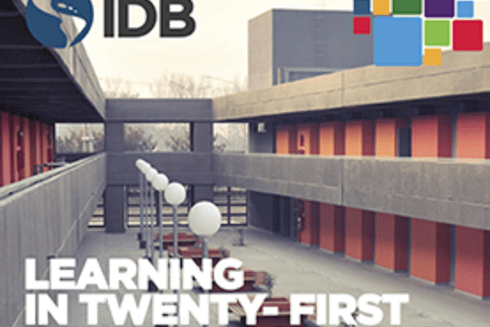
This study aims to diagnose and compare the school infrastructure management processes of the different countries in the region to identify common challenges
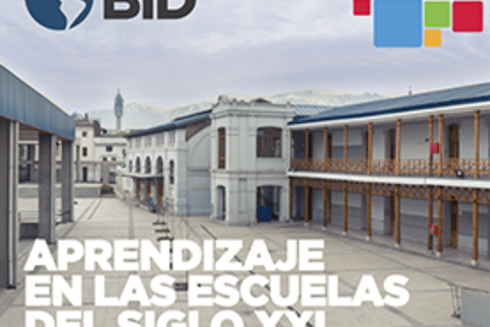
The goal of this study is to provide an analytical vision of alternative methods of school infrastructure execution relevant to Latin America and the Caribbean.
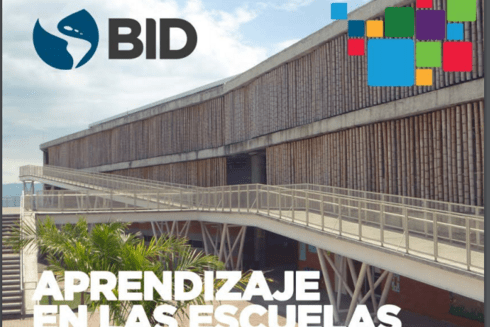
The goal of this study is to analyze the changes in the regulation and practices of school infrastructure management in Latin America and the Caribbean.
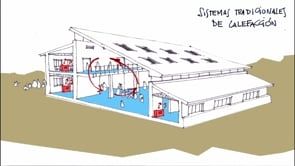

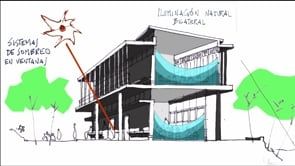
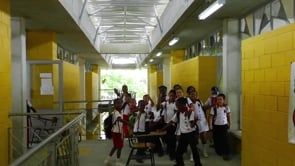
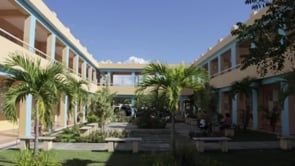
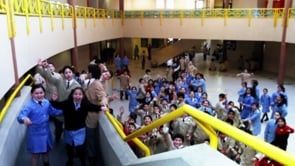
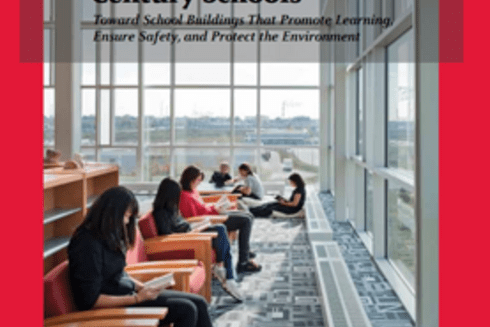
In 2010 the Education Network organized an event that examined the state of school infrastructure in the region and the financial role of the private sector. Infrastructure and Learning in the Twenty-First Century were held in Santiago, Chile, on October 26 and 27, 2010. This book contains the presentations made at the conference, edited and, in some cases, revised for publication.
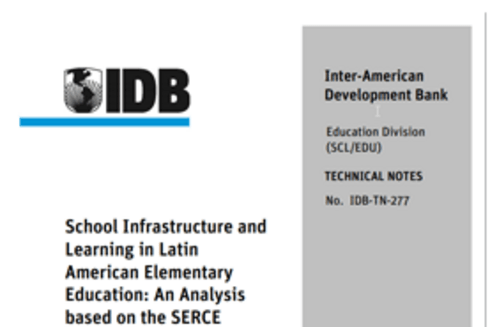
This study explores the state of infrastructure in the region's primary education schools, using the SERCE database, and analyzes the connection between school infrastructure conditions and student performance tests results.
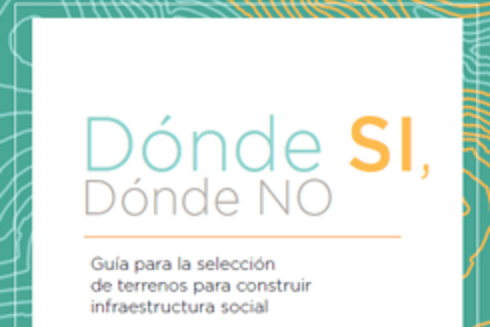
This selection has two successive and complementary approaches: a "macro" approach, where the general location is defined, that is, the area in which the building must be built to offer a specific social service and, a "micro" approach, which refers to the specific land selected within that selected area.
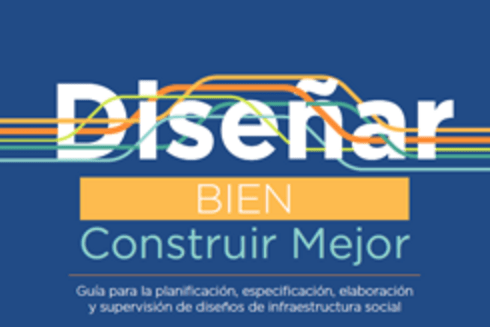
There are several modalities for the elaboration of social infrastructure designs: they can be carried out by the executing unit or other public institutions of the borrowing country. Individual consultants or a specialized firm can be hired and then, through an independent process, the construction is hired or a company responsible for both the designs and the construction of these can be hired through a design and built contract. In the latter, variables might be included by the team and/or the operation and maintenance of the infrastructure for a certain period.
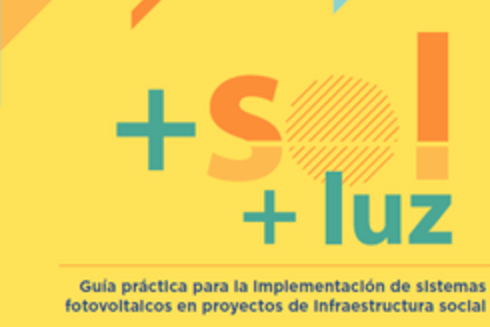
In addition to the supply of an essential input for the operation of a building such as electricity, the use of photovoltaic solar energy can pursue economic objectives, by reducing the cost of energy and environmental supplies
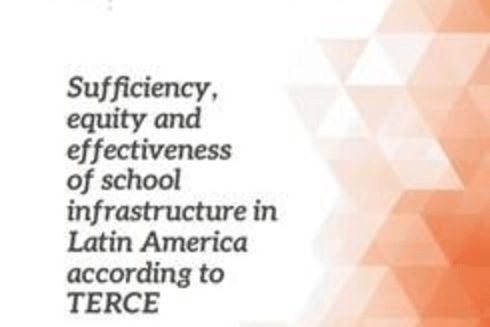
This analysis investigates the characteristics of school infrastructure in Latin America and the Caribbean, using information from TERCE comparatively around the concepts of sufficiency, equity and effectiveness.
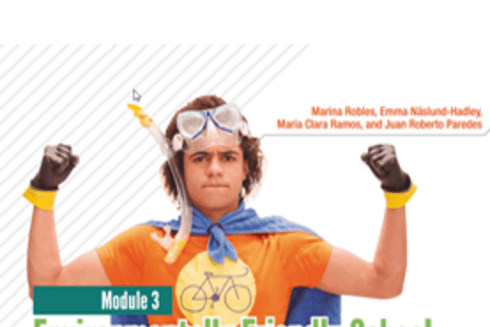
Educational spaces, apart from their functionality and efficient use of natural resources, should be conducive to learning and offer comfort and security to the people entering them.
